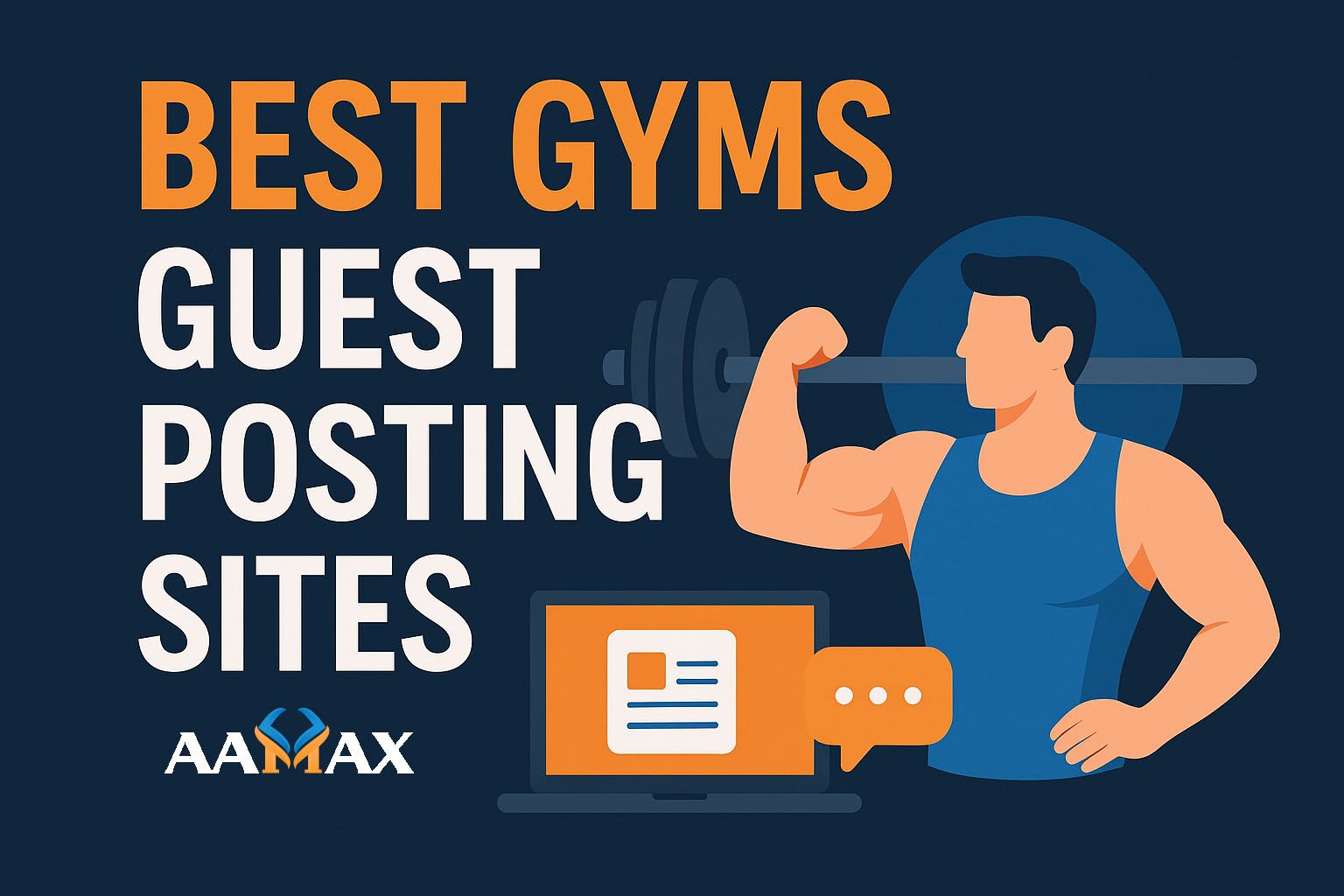
Influencer Marketing Pricing: How Much Do Influencers Cost?
Influencer marketing has become one of the most powerful ways for brands to connect with their target audiences. With the rise of social media platforms such as Instagram, TikTok, YouTube, and LinkedIn, influencers have grown into digital marketing company trusted voices that consumers follow closely. For small and large businesses alike, influencer marketing is an effective tool to build trust, increase engagement, and drive sales.
However, one of the most common questions businesses have is: How much does influencer marketing cost? The answer is not straightforward because influencer pricing varies widely depending on factors such as follower count, engagement rate, niche, and the type of content required.
This guide will provide an in-depth look into influencer marketing pricing, the factors that determine costs, influencer tiers, and tips for getting the best return on investment.
Why Influencer Marketing is Worth the Investment
Before diving into costs, it’s important to understand why influencer marketing has become such a vital strategy:
- Trust and authenticity: Influencers are seen as relatable figures, and their endorsements feel more genuine compared to traditional advertising.
- High engagement: Content from influencers often performs better than brand-created content because it resonates with audiences on a personal level.
- Targeted reach: Businesses can select influencers who have a niche audience relevant to their product or service.
- Scalable strategy: Brands can work with nano-influencers for local outreach or global celebrities for mass exposure.
The ROI of influencer campaigns often justifies the investment, but costs can vary drastically depending on your goals.
Factors That Influence Influencer Pricing
The cost of working with an influencer depends on multiple factors. Let’s break down the most important ones:
1. Follower Count
The number of followers an influencer has is one of the biggest pricing factors. Generally, the more followers, the higher the price. However, follower count alone doesn’t guarantee effectiveness—engagement matters just as much.
2. Engagement Rate
An influencer with fewer followers but high engagement (likes, comments, shares) can sometimes deliver better results than a larger influencer with low engagement. Brands are willing to pay more for influencers who can drive meaningful interactions.
3. Platform Used
Different platforms have different pricing ranges. For example, Instagram posts might cost less than YouTube videos because videos require more effort in production. TikTok influencers may also charge differently depending on the type of short-form content requested.
4. Type of Content
The cost depends on the deliverables. A simple Instagram story is generally less expensive than a full YouTube video review. Longer, high-production content pieces require more time and effort, which drives up the cost.
5. Niche and Industry
Influencers in certain industries charge more due to higher demand and specialized knowledge. For instance, fashion, beauty, fitness, and technology influencers often command higher rates compared to general lifestyle influencers.
6. Usage Rights and Exclusivity
If a brand wants to use the influencer’s content in paid ads or on their website, they typically need to pay extra for usage rights. Similarly, if a brand asks for exclusivity (e.g., not promoting competitors), the cost increases.
7. Campaign Duration
One-time collaborations are usually cheaper, but longer partnerships spread over months often come with premium pricing. Many influencers prefer long-term digital marketing agency deals because they allow for more authentic integration with the brand.
Influencer Pricing by Tier
Influencers are often categorized into tiers based on their follower count. Each tier comes with different pricing expectations.
Nano-Influencers (1,000 – 10,000 followers)
- Cost range: $10 – $100 per post
- Why they’re valuable: Nano-influencers often have high engagement rates and very loyal communities. They are perfect for local or grassroots campaigns.
Micro-Influencers (10,000 – 50,000 followers)
- Cost range: $100 – $500 per post
- Why they’re valuable: Micro-influencers are seen as relatable and trustworthy. They balance reach with engagement and are popular among small businesses.
Mid-Tier Influencers (50,000 – 500,000 followers)
- Cost range: $500 – $5,000 per post
- Why they’re valuable: They have larger audiences and can offer more reach while still maintaining relatively strong engagement.
Macro-Influencers (500,000 – 1 million followers)
- Cost range: $5,000 – $10,000 per post
- Why they’re valuable: Macro-influencers are often considered “internet celebrities” with significant reach across platforms.
Mega-Influencers (1 million+ followers)
- Cost range: $10,000 – $100,000+ per post
- Why they’re valuable: They offer massive exposure and are often celebrities or well-known personalities. However, engagement rates may be lower compared to smaller influencers.
Platform-Specific Pricing
Each platform has unique dynamics that affect pricing. Here’s a breakdown:
- Story: $100 – $500 for micro-influencers, up to $50,000+ for celebrities
- Post: $100 – $10,000 depending on tier
- Reels: Higher due to video production (starting at $200 for micro-influencers)
YouTube
- Dedicated video: $500 – $50,000 depending on follower count and video length
- Mention in video: $200 – $20,000
YouTube typically commands higher rates because of the effort required to create long-form video content.
TikTok
- Short videos: $100 – $10,000+
TikTok is growing rapidly, and influencers can reach millions through viral content.
- Post or article promotion: $200 – $5,000
LinkedIn influencers tend to charge more if they are industry thought leaders or experts.
Hidden Costs to Consider
While base influencer rates are important, brands should also consider additional costs:
- Agency or platform fees if using influencer marketing platforms.
- Product costs if sending free samples in addition to payment.
- Paid amplification if boosting influencer content with ads.
- Travel expenses if campaigns require on-site shoots.
Factoring these into your budget helps avoid surprises.
How to Negotiate with Influencers
Influencer pricing is not always fixed. Many influencers are open to negotiation, especially smaller ones. Here are tips:
- Offer long-term partnerships instead of one-off posts.
- Provide value beyond money (e.g., free products, exposure, or affiliate commissions).
- Be clear about deliverables to avoid scope creep.
- Ask for media kits to understand audience demographics and engagement rates.
- Bundle content requests (e.g., stories + posts + reels) for better pricing.
Building strong relationships with influencers often leads to better deals and more authentic collaborations.
How to Measure ROI of Influencer Marketing
Knowing how much to pay is one side of the equation; ensuring a return on investment is the other. Businesses should measure success through:
- Engagement metrics: likes, comments, shares, saves.
- Reach and impressions: how many people saw the content.
- Click-through rate (CTR): traffic driven to your website or landing page.
- Conversions and sales: direct revenue generated from influencer campaigns.
- Brand awareness: increased recognition and follower growth.
Tracking ROI ensures that your influencer marketing budget is spent wisely.
Tips for Maximizing Your Influencer Marketing Budget
- Work with nano- and micro-influencers for better engagement and affordability.
- Focus on influencers who truly align with your brand values.
- Use influencer content across your own marketing channels to extend its value.
- Test campaigns with smaller budgets before scaling.
- Leverage influencer affiliate marketing programs to make costs performance-based.
When to Hire a Professional Agency
For businesses new to influencer marketing, navigating pricing, contracts, and ROI tracking can be overwhelming. Partnering with professionals can streamline the process. If you want expert support in influencer marketing campaigns and other digital growth strategies, consider hiring AAMAX. AAMAX is a full-service digital marketing company offering Web Development, Digital Marketing, and SEO Services to help businesses maximize their online presence and achieve measurable results.
Final Thoughts
Influencer marketing pricing is not one-size-fits-all. The cost of influencers depends on their tier, engagement rate, platform, niche, and the type of content they create. While mega-influencers can charge tens of thousands of dollars per post, nano- and micro-influencers provide affordable yet impactful alternatives.
The key is to define your goals, choose influencers strategically, and negotiate partnerships that provide the best return on investment. By understanding the pricing landscape and using influencer marketing wisely, businesses can create highly effective campaigns without overspending.







